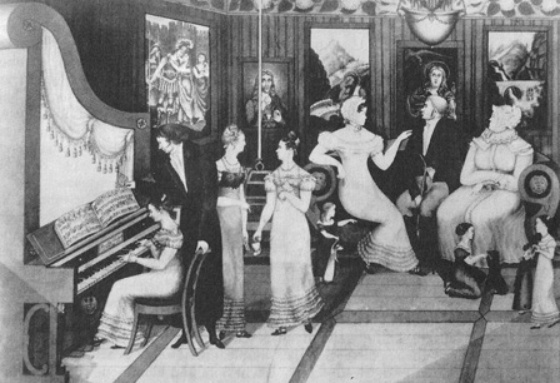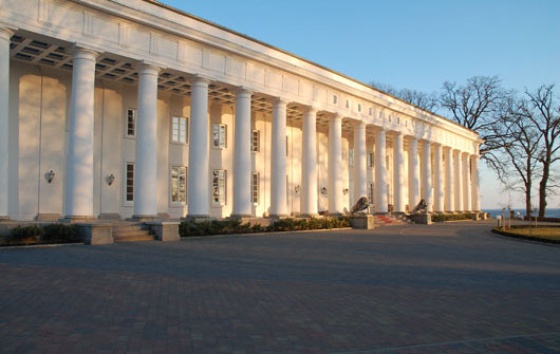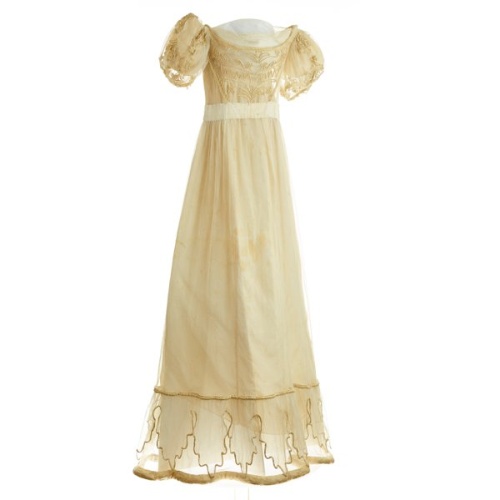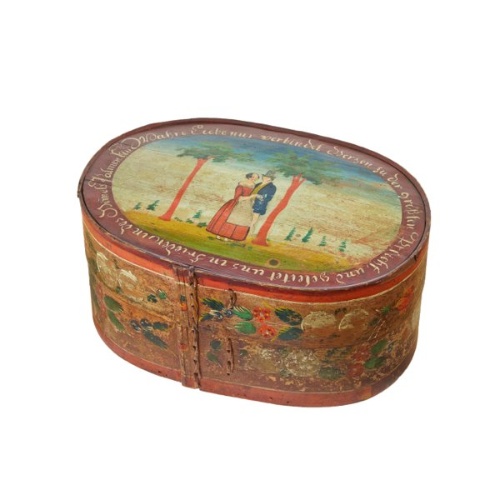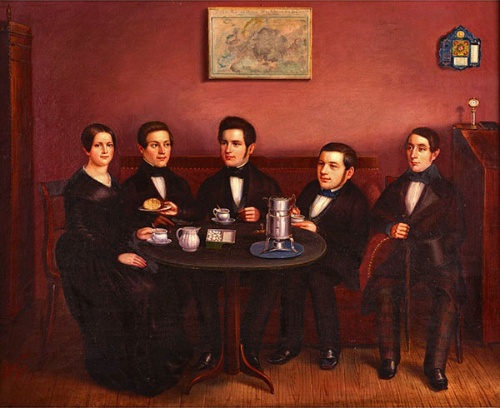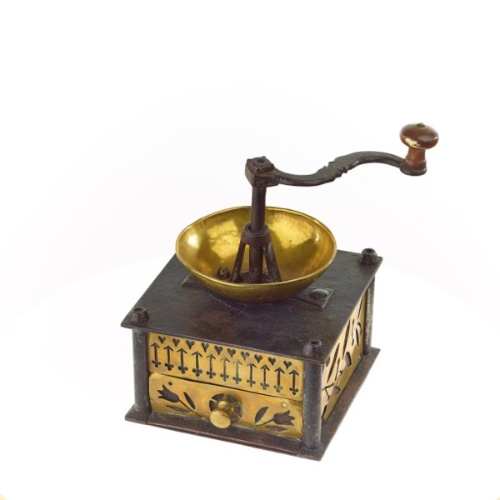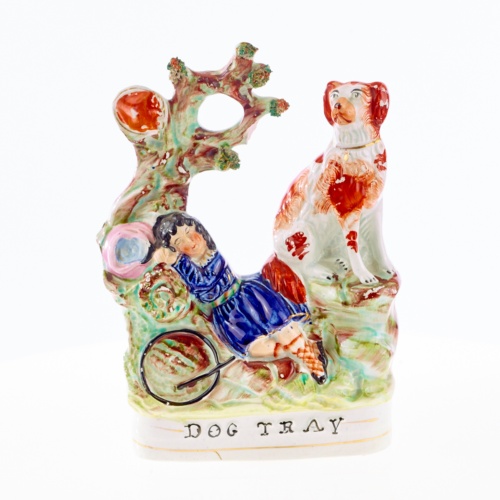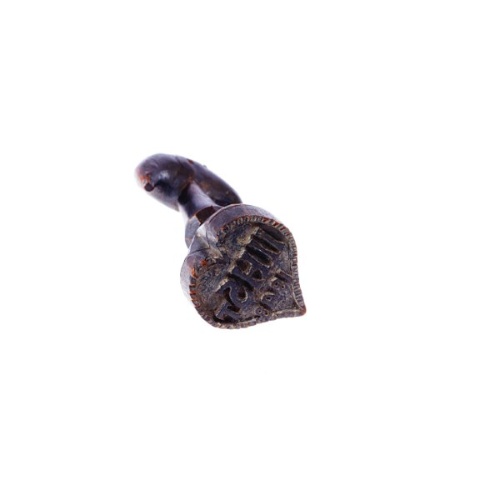Gambling, prostitution and crime rise to horrifying levels during the French occupation (1806–1813). Described by Georg Büchner, the fate of Johann Woyzeck, a socially isolated, former soldier who becomes a murderer, has its roots in Stralsund and Stettin.
Pomerania becomes a melting pot of the nations. Gaetano Medini from Milan is awarded citizenship in Stralsund, marries a Swede and in 1811 takes over the affairs of the 'Stralsund Resource Association', a social club catering to gentlemen of independent means. A new perception of bourgeois interior design emerges around Biedermeier with its focus on domestic comfort.
Much is done to facilitate the integration of inhabitants in 'the most desolate province' after the region is incorporated into Prussia.
The people seek cures in water spas like the one managed by Gustav Wilhelm Scharlau in Stettin. Chief forester Georg von Bülow builds a guest house in Heringsdorf. He is the founder of the imperial spa. 'Heringsdorf' is a neologism coined by Crown Prince Frederick William in 1820.
